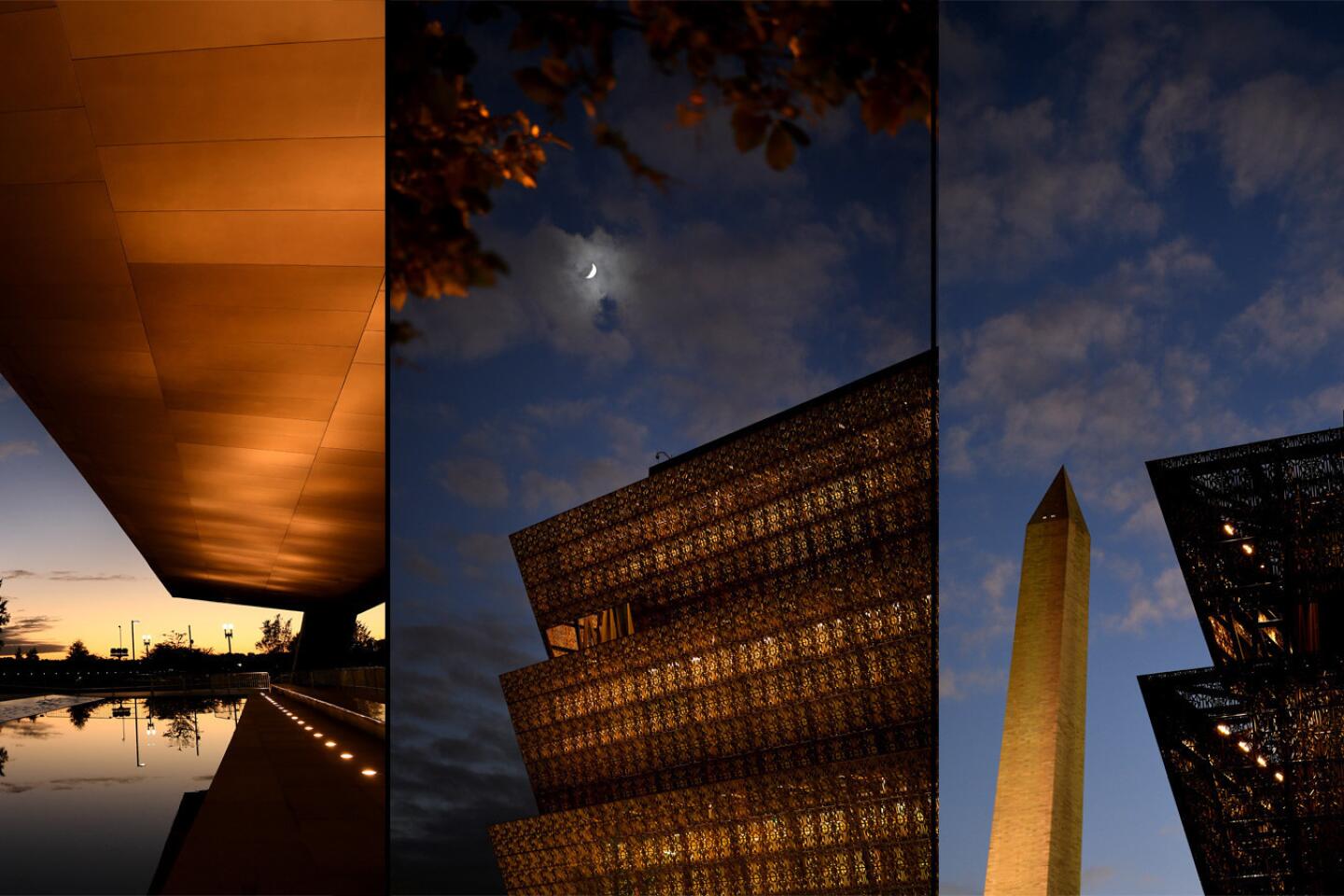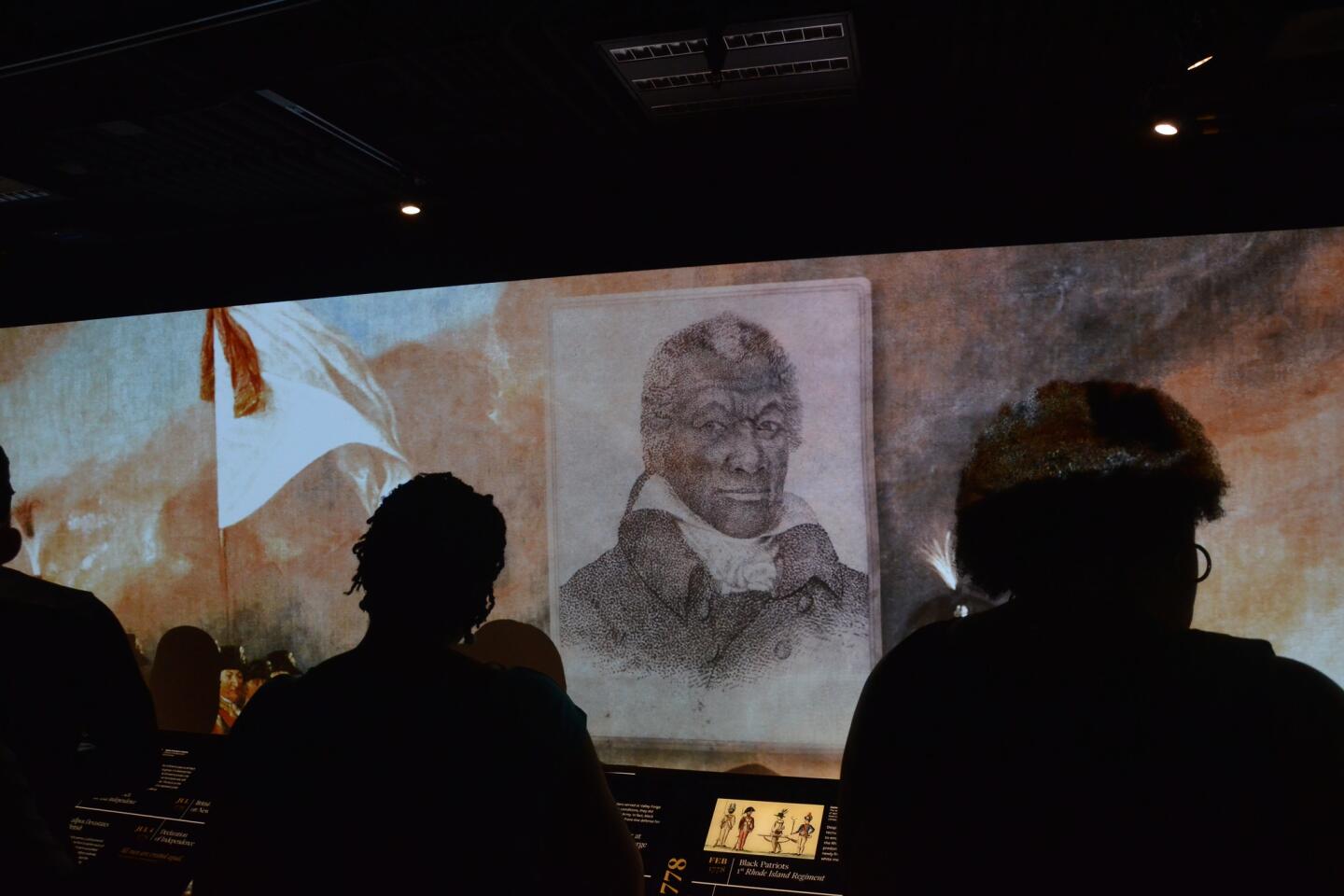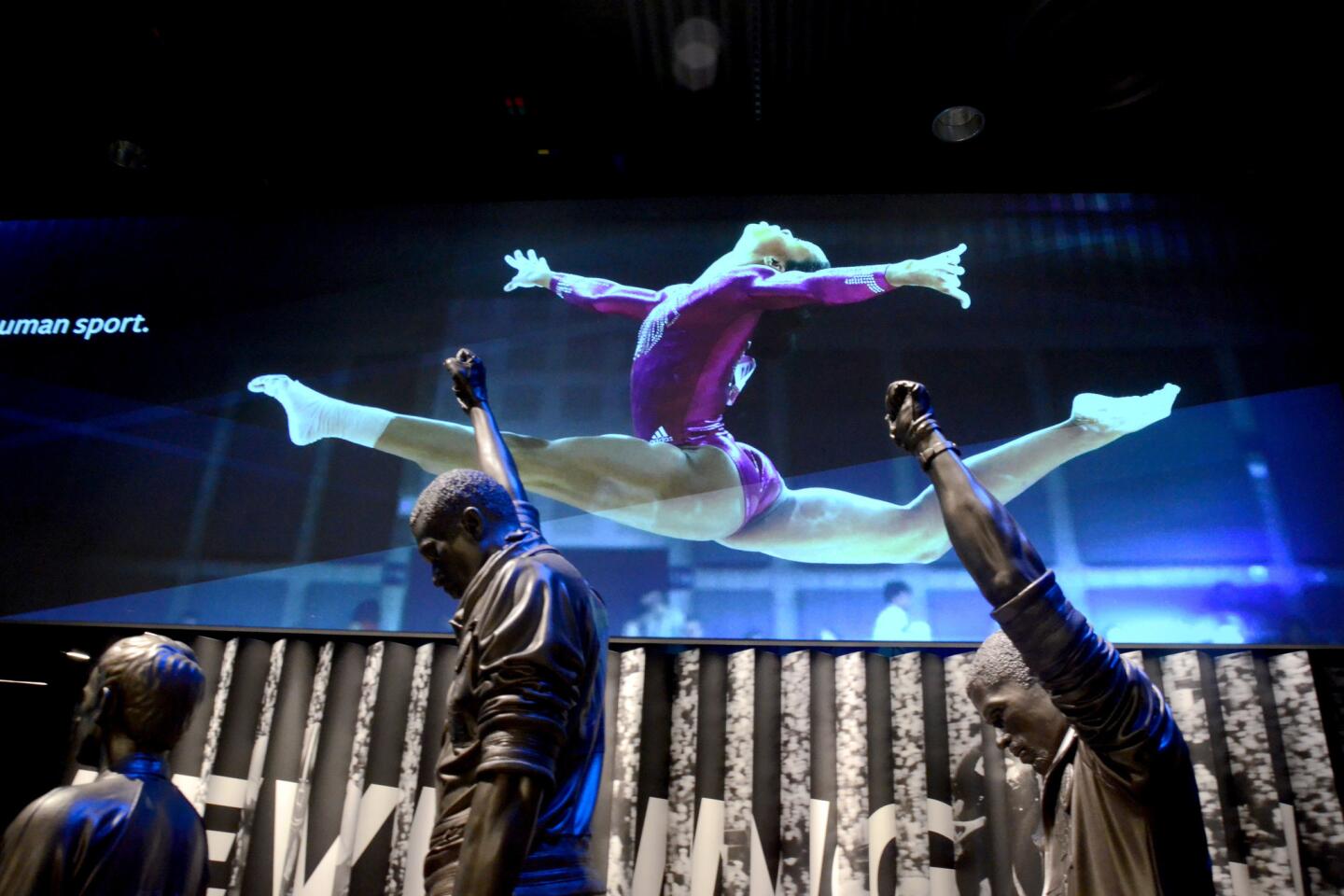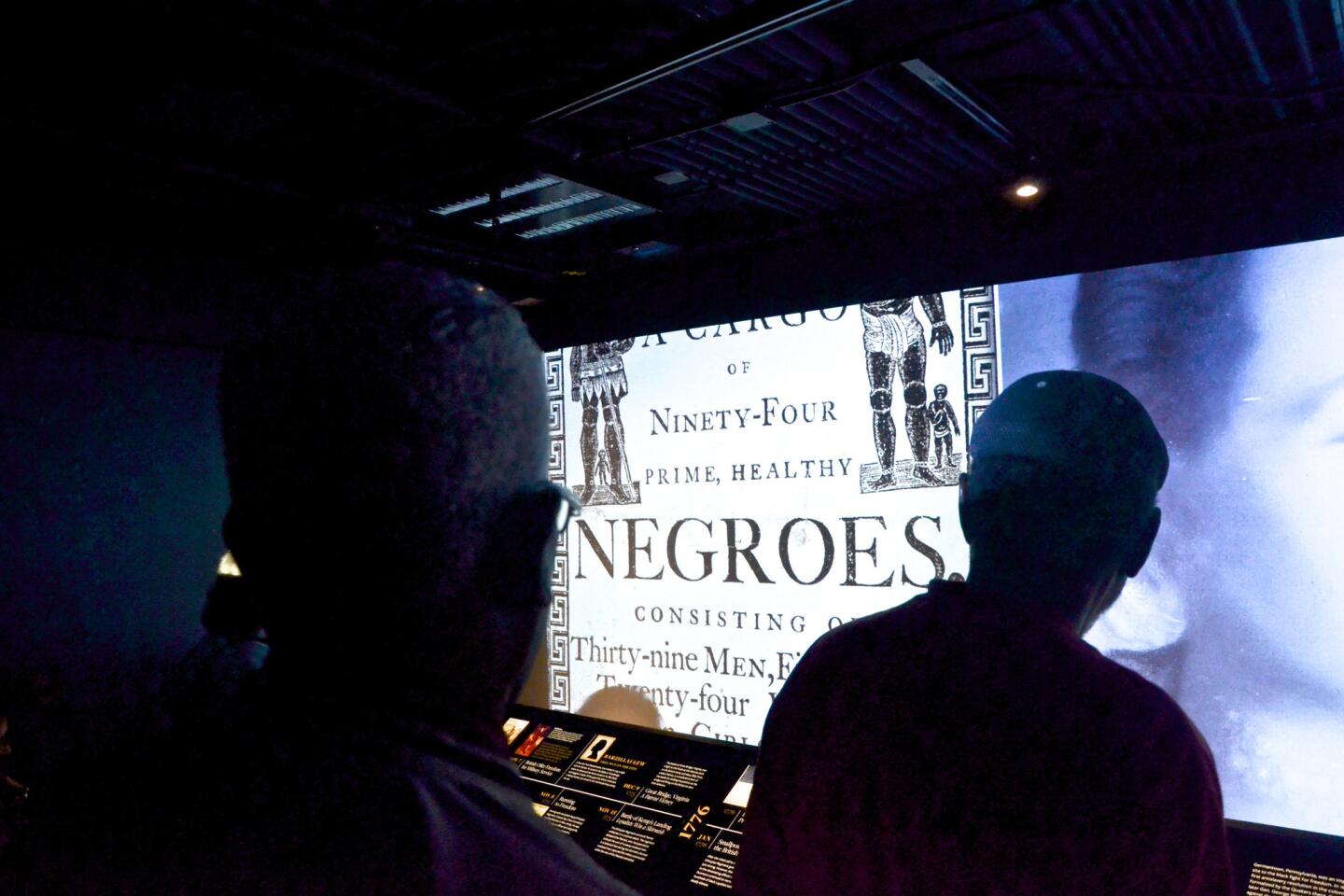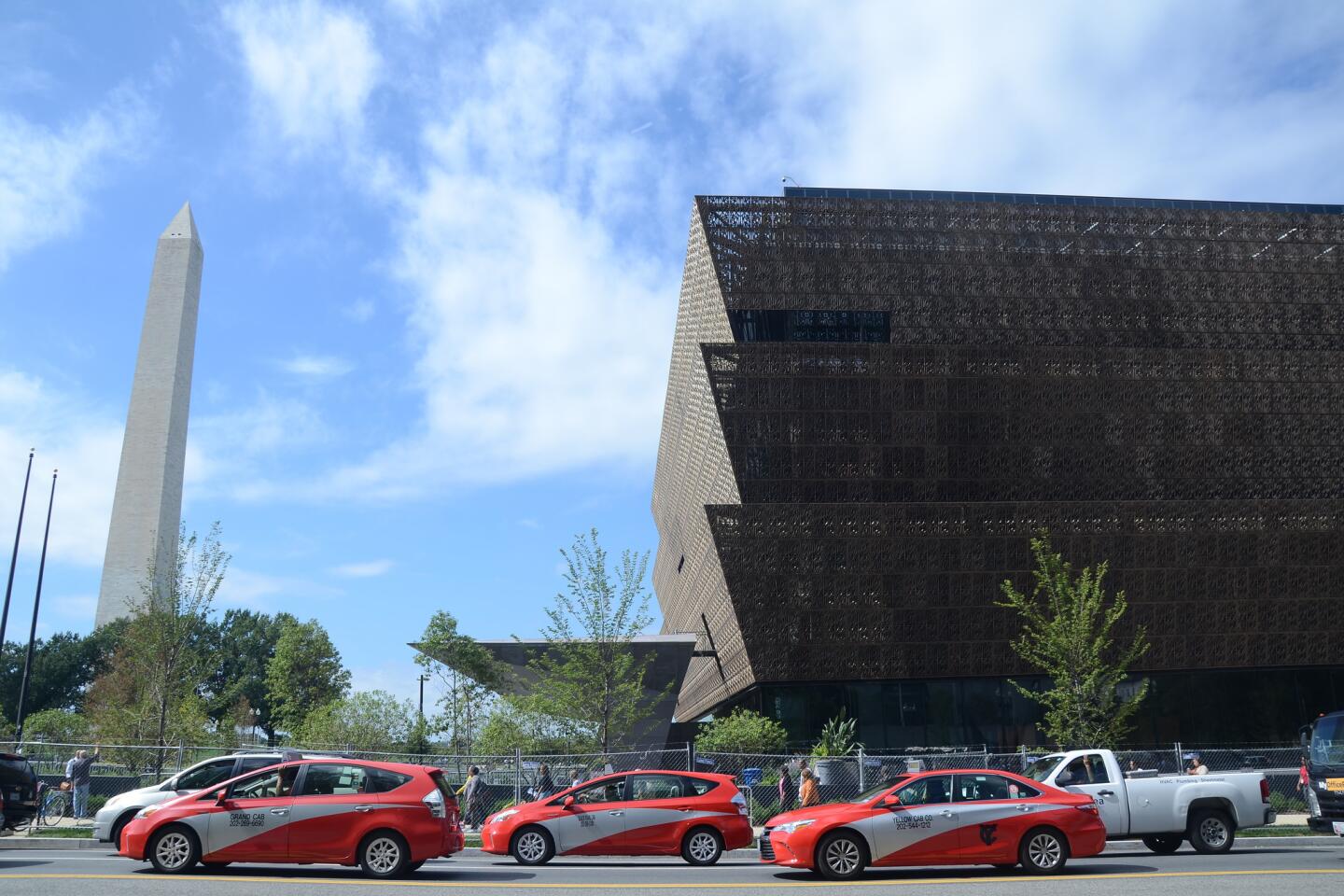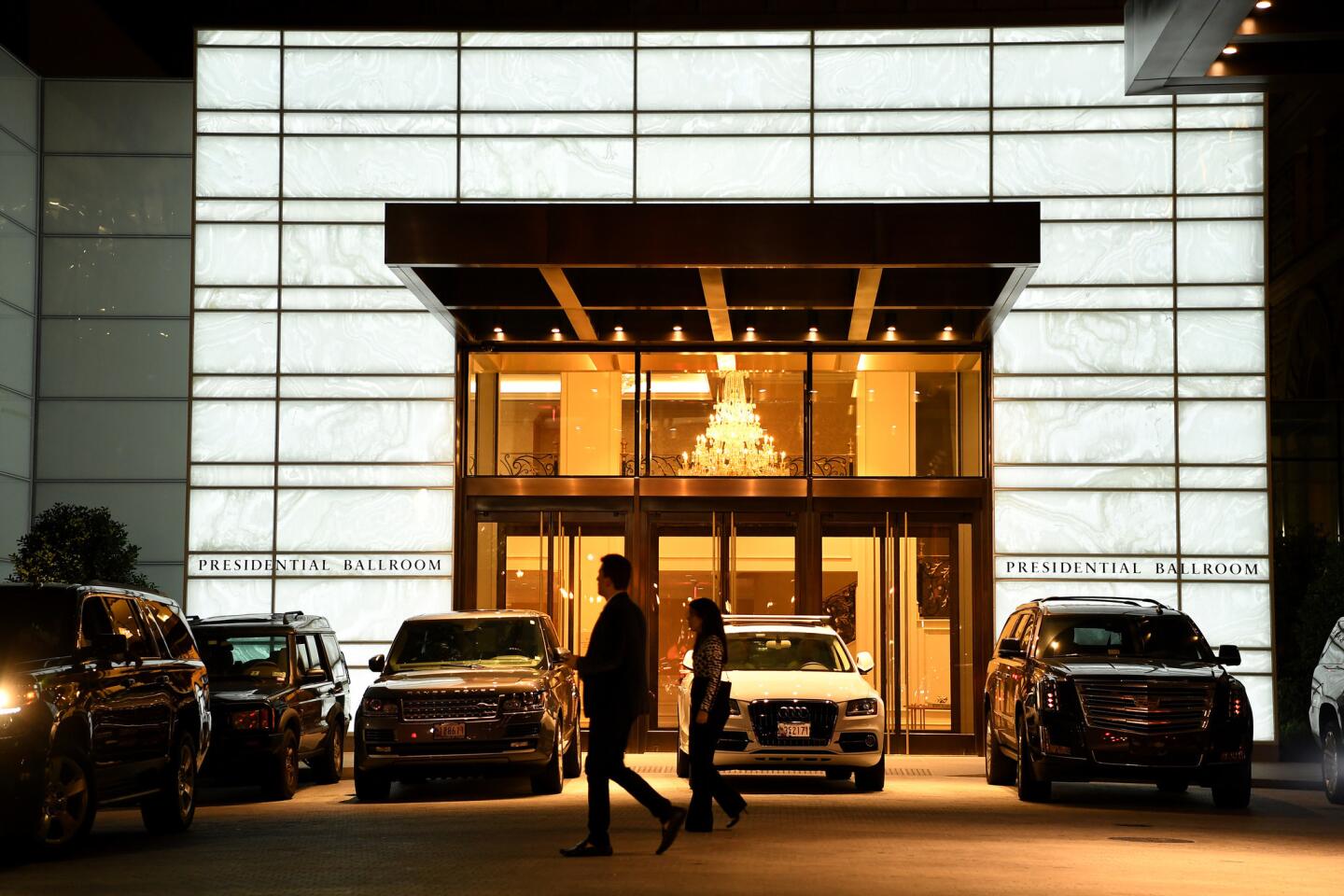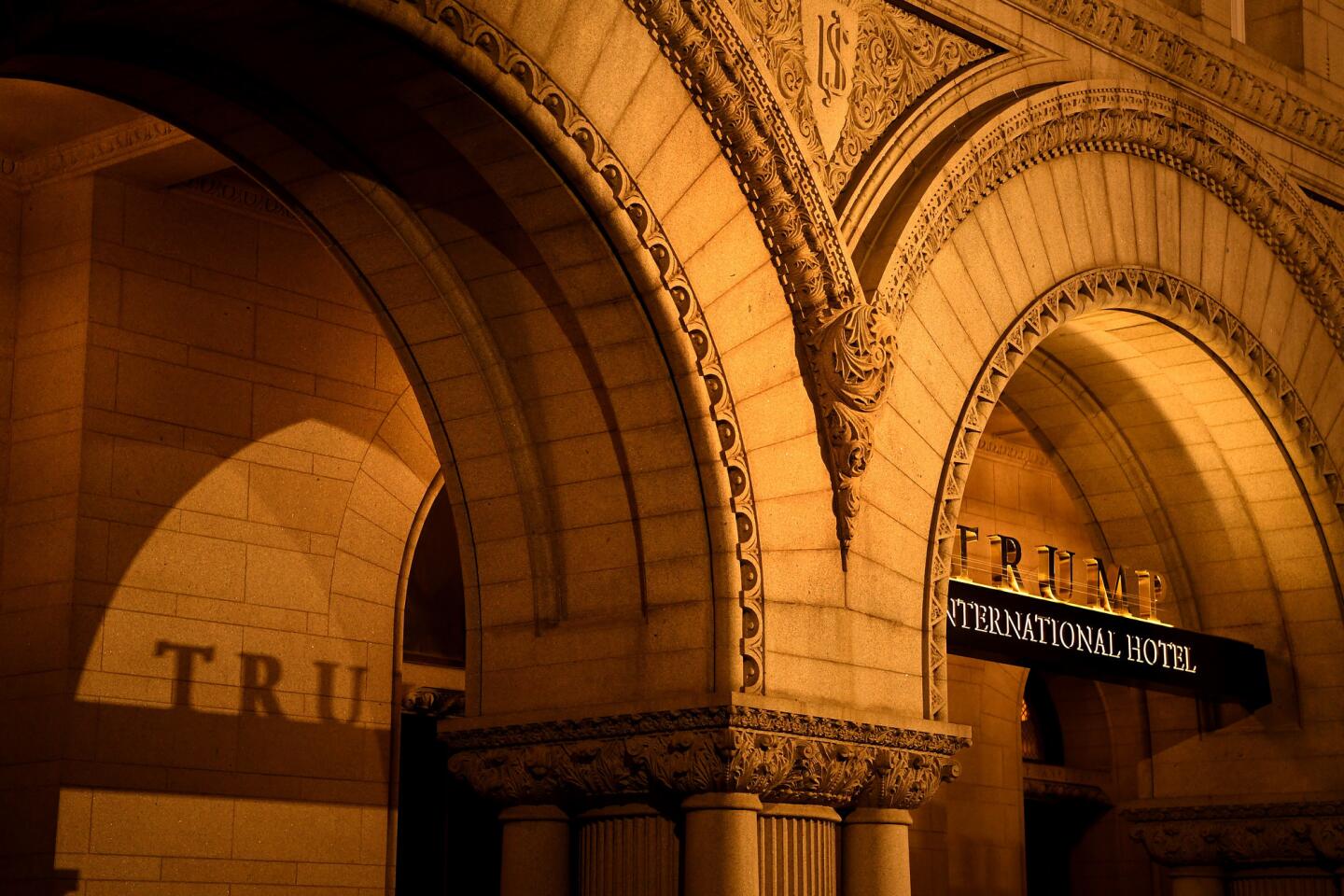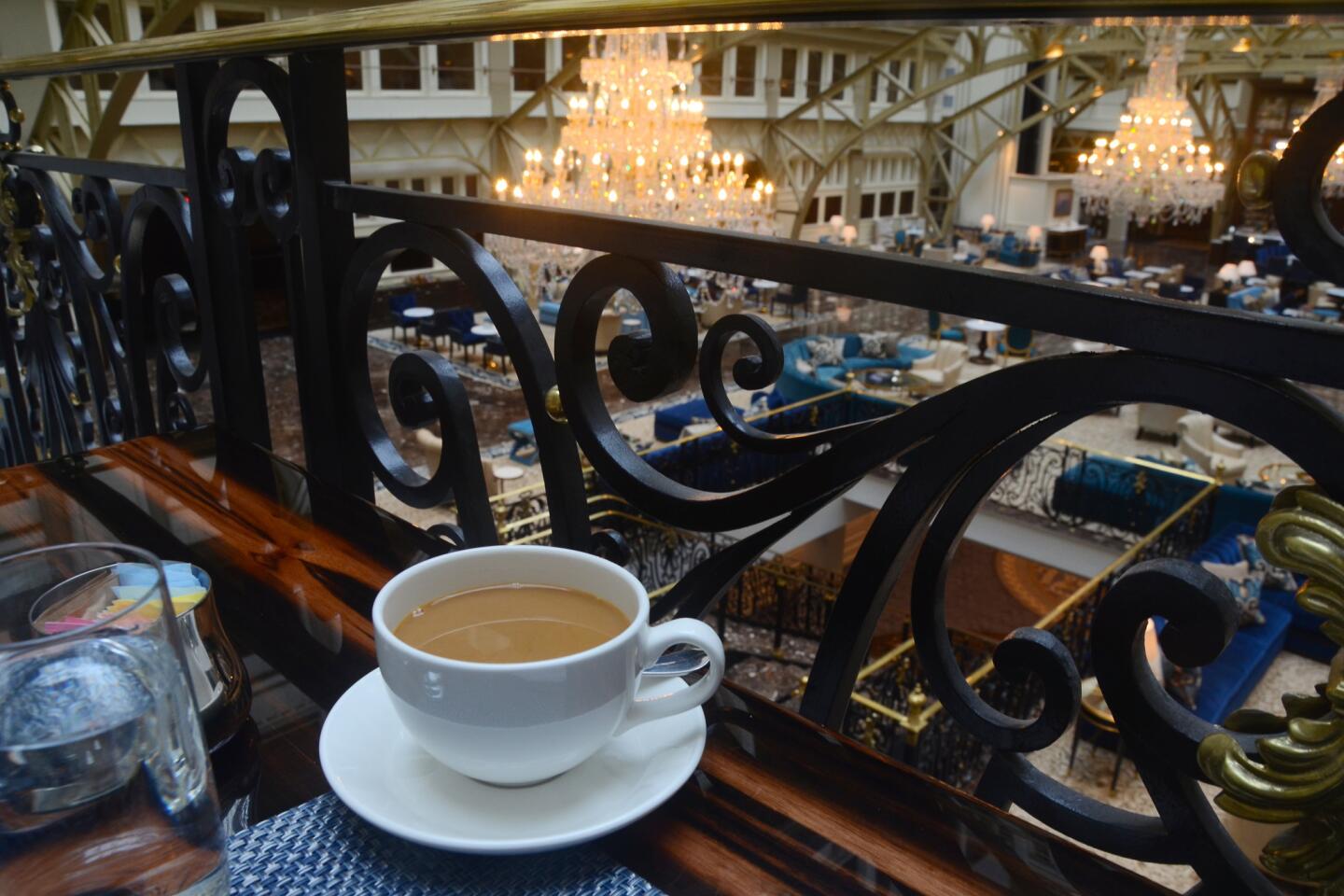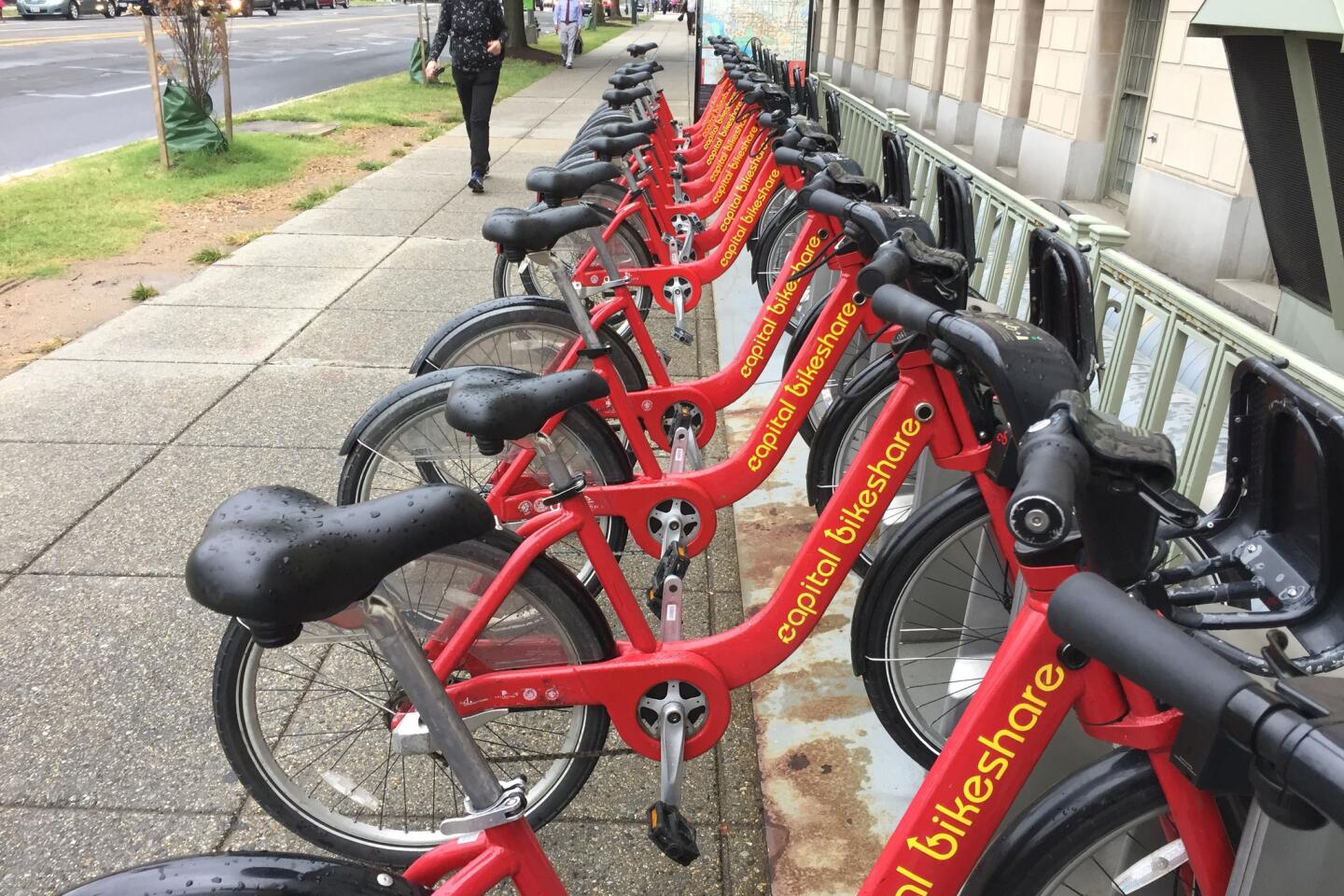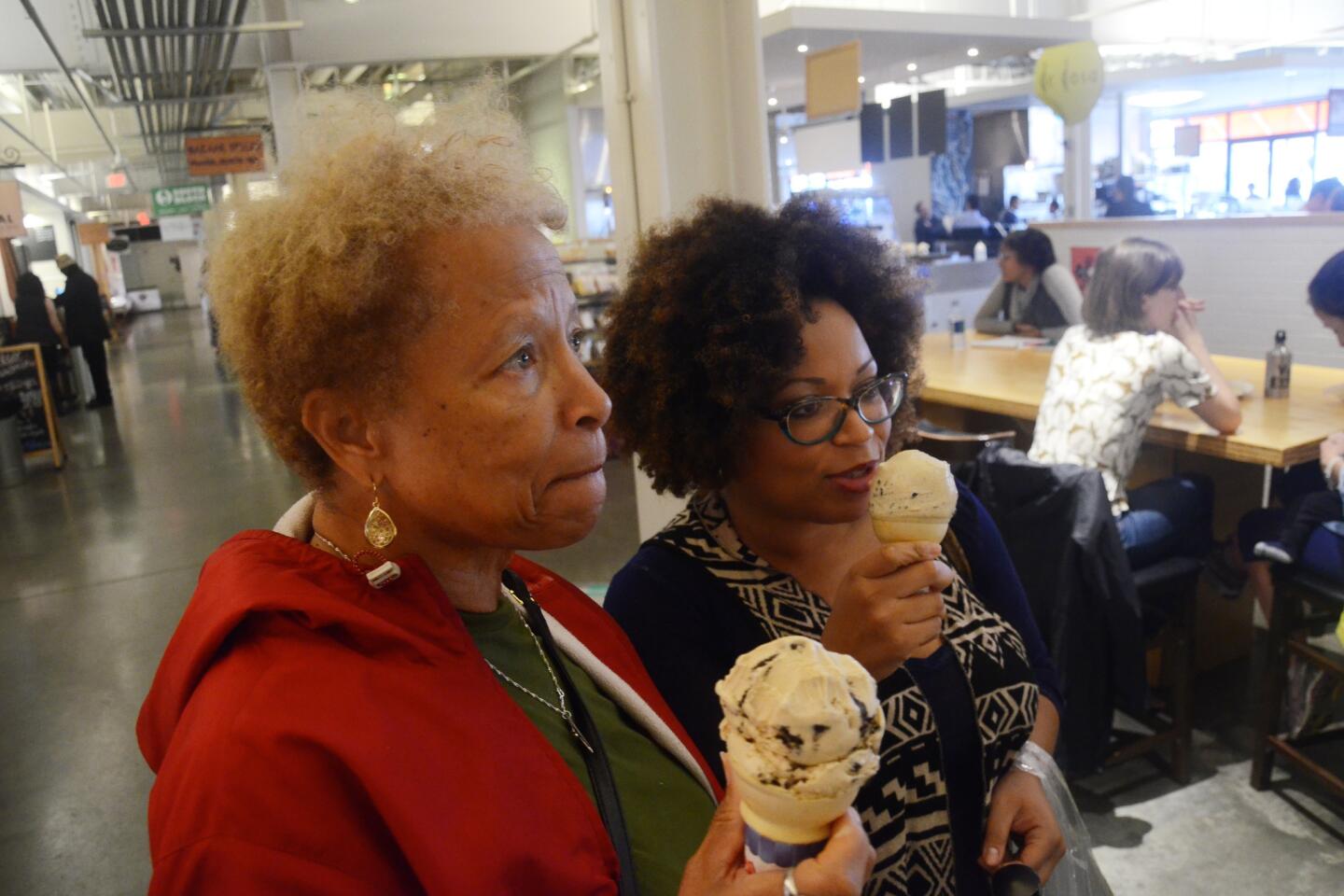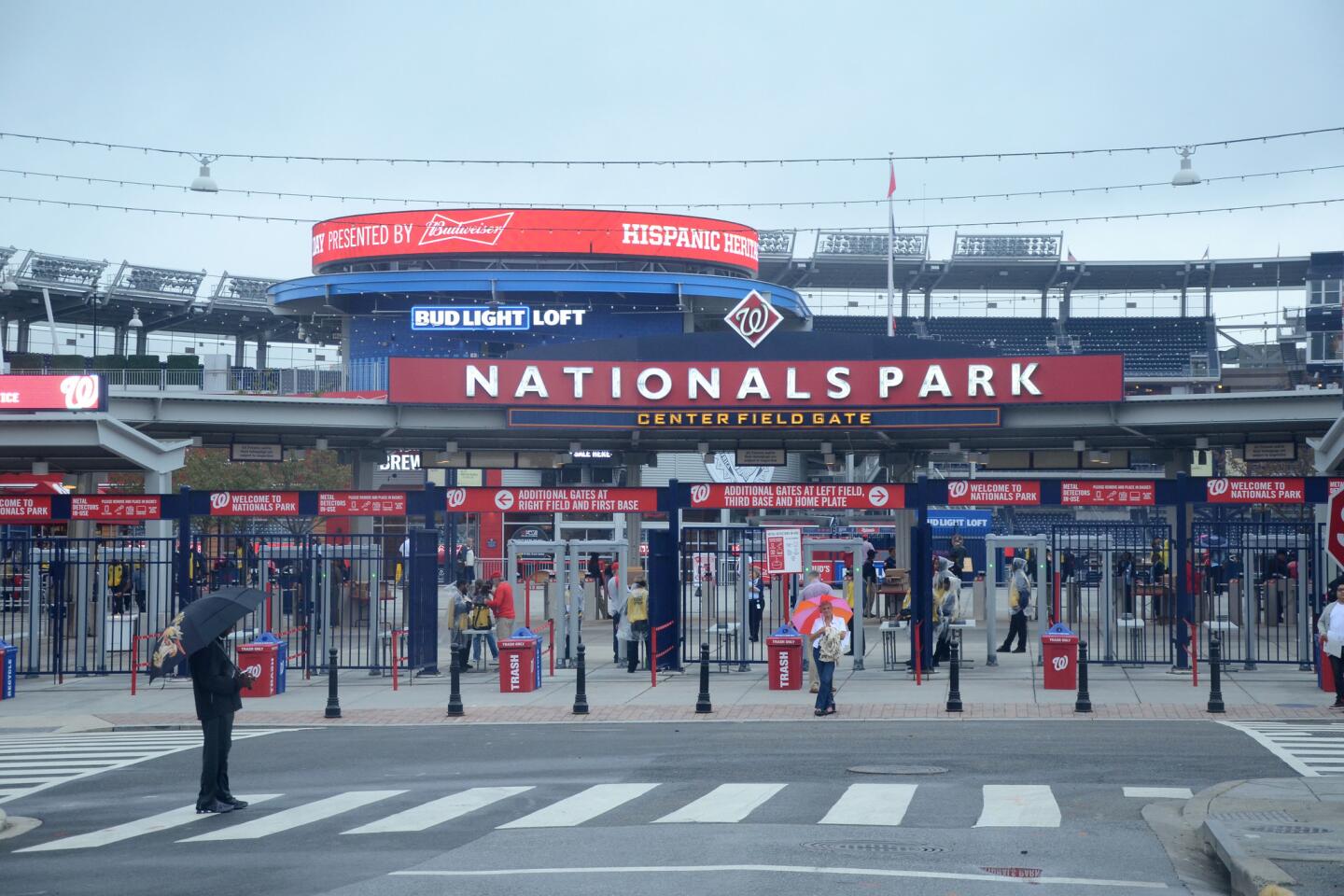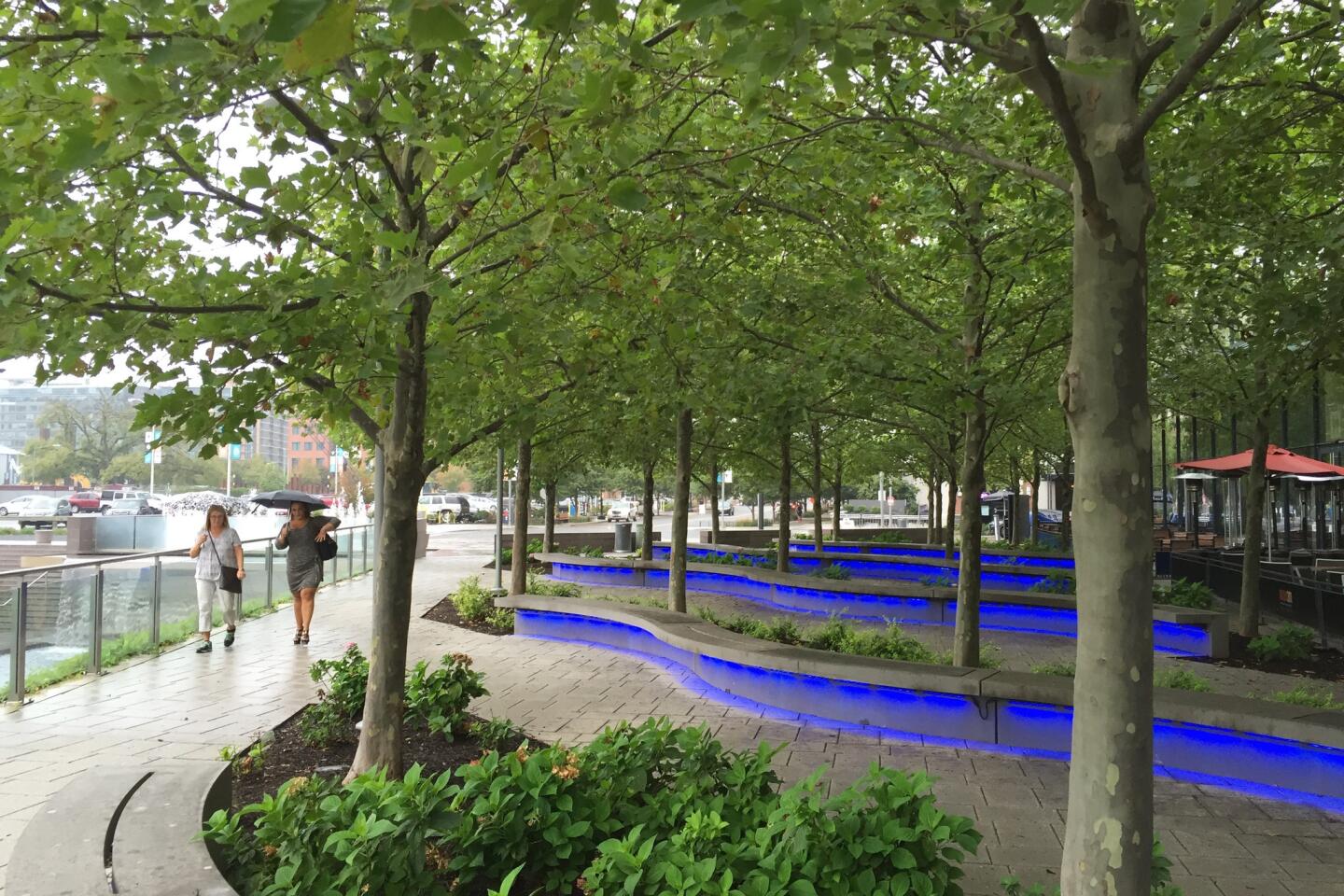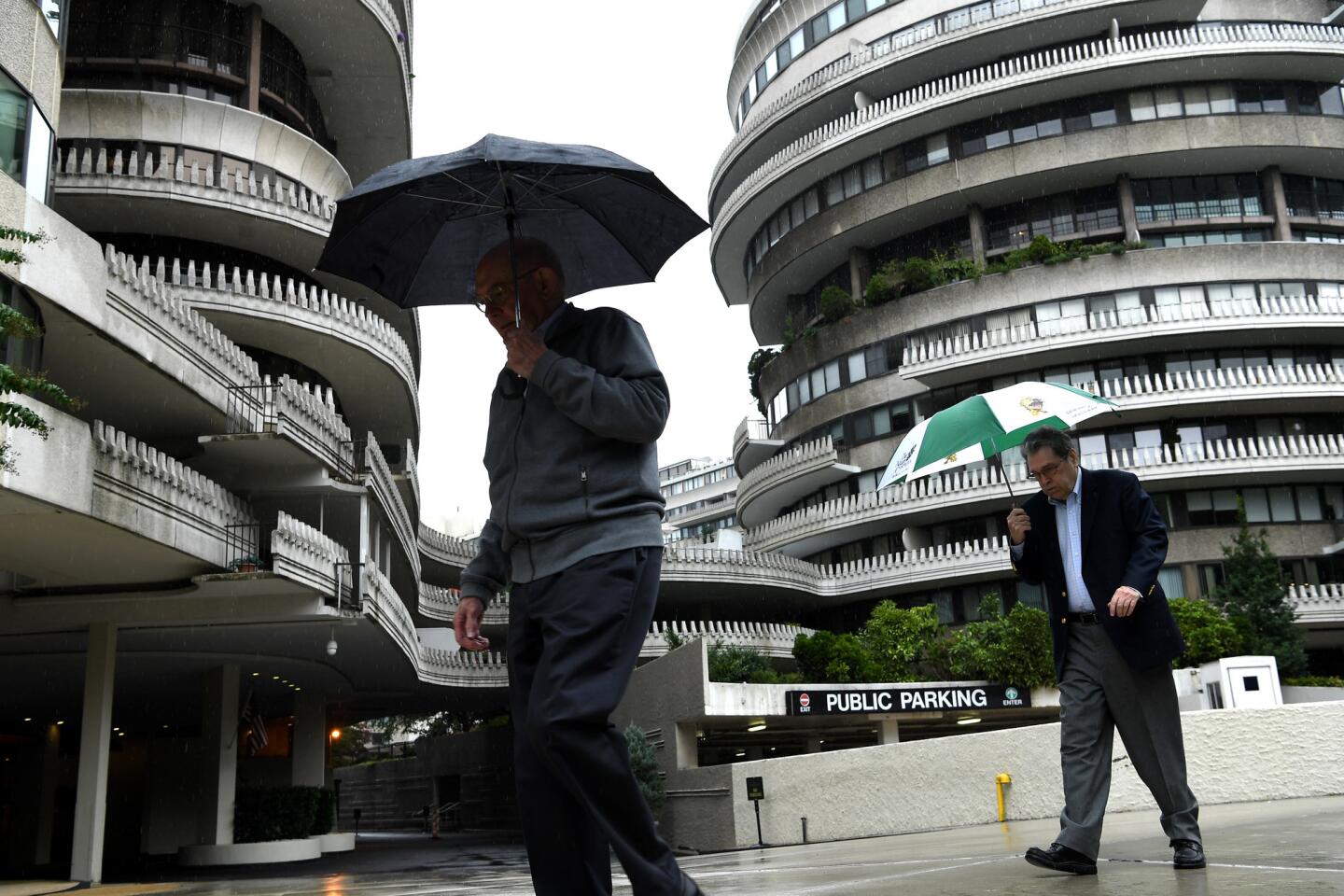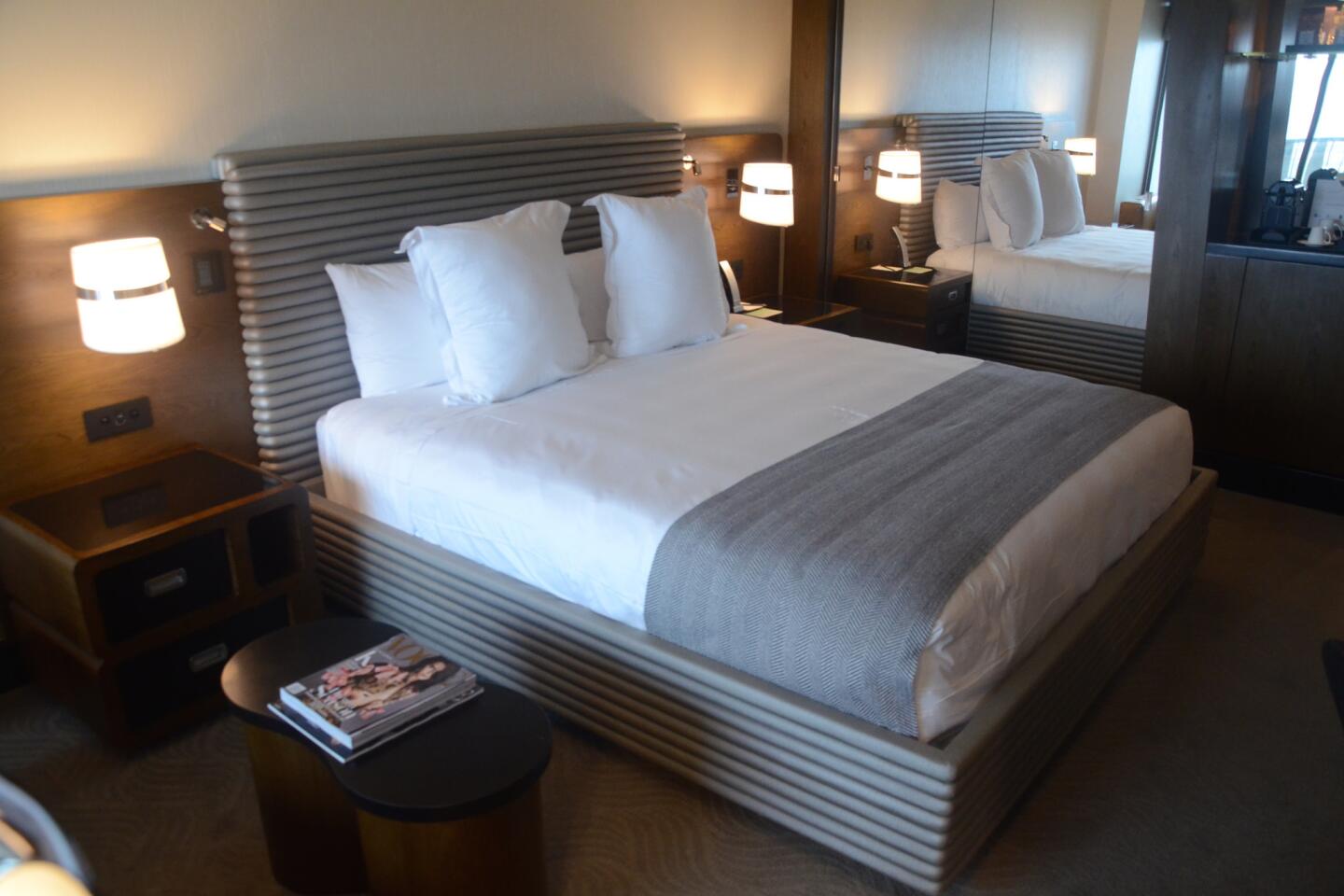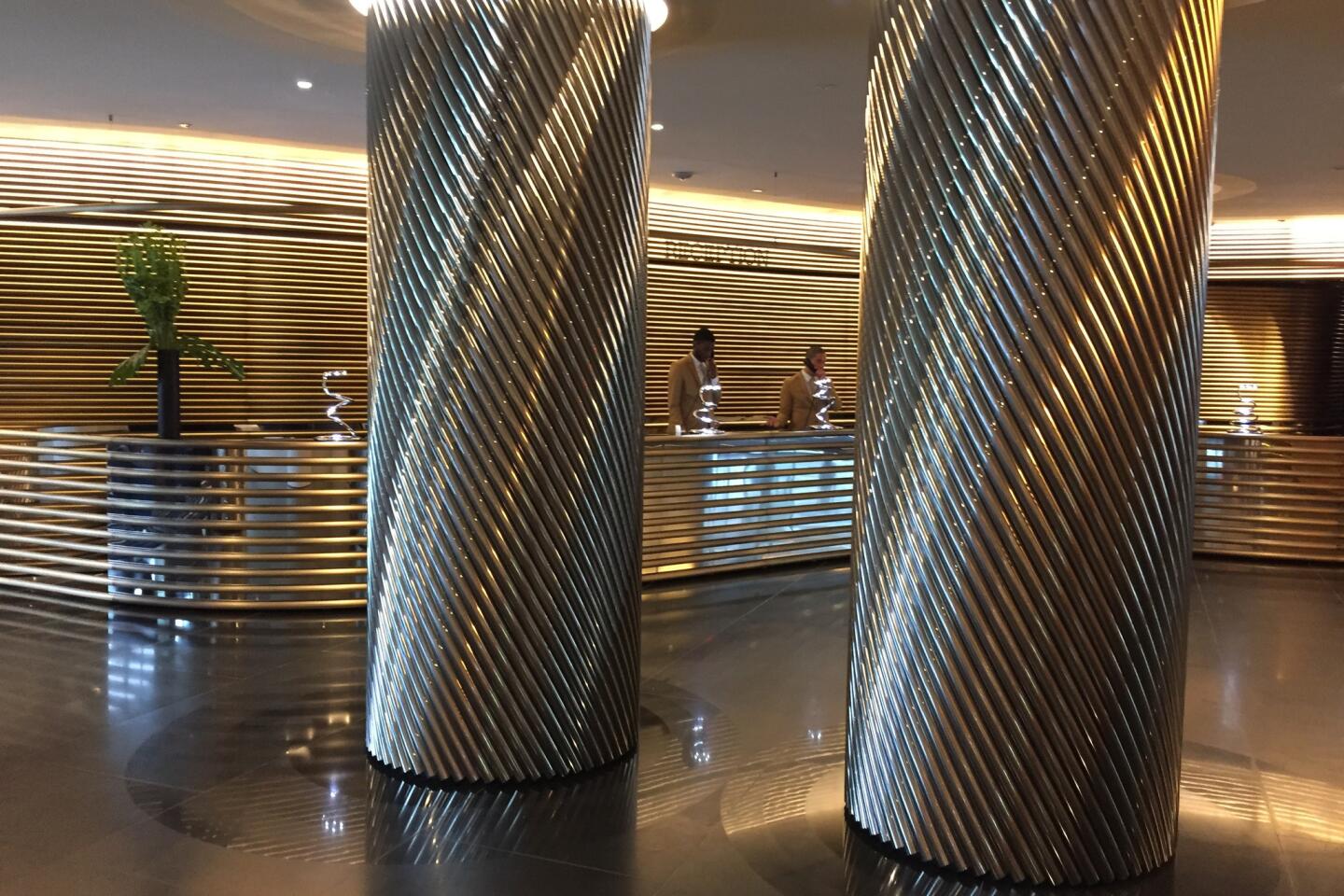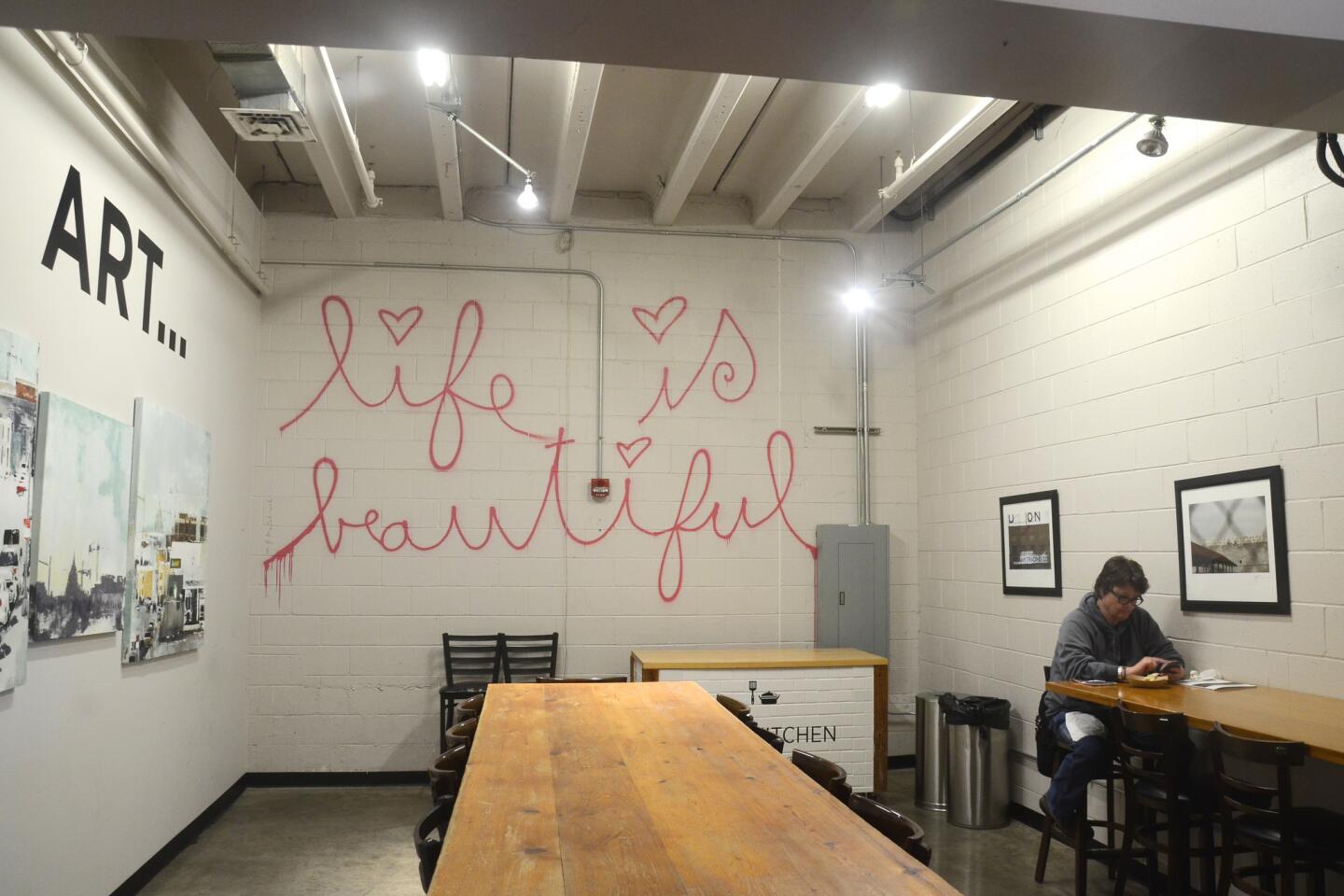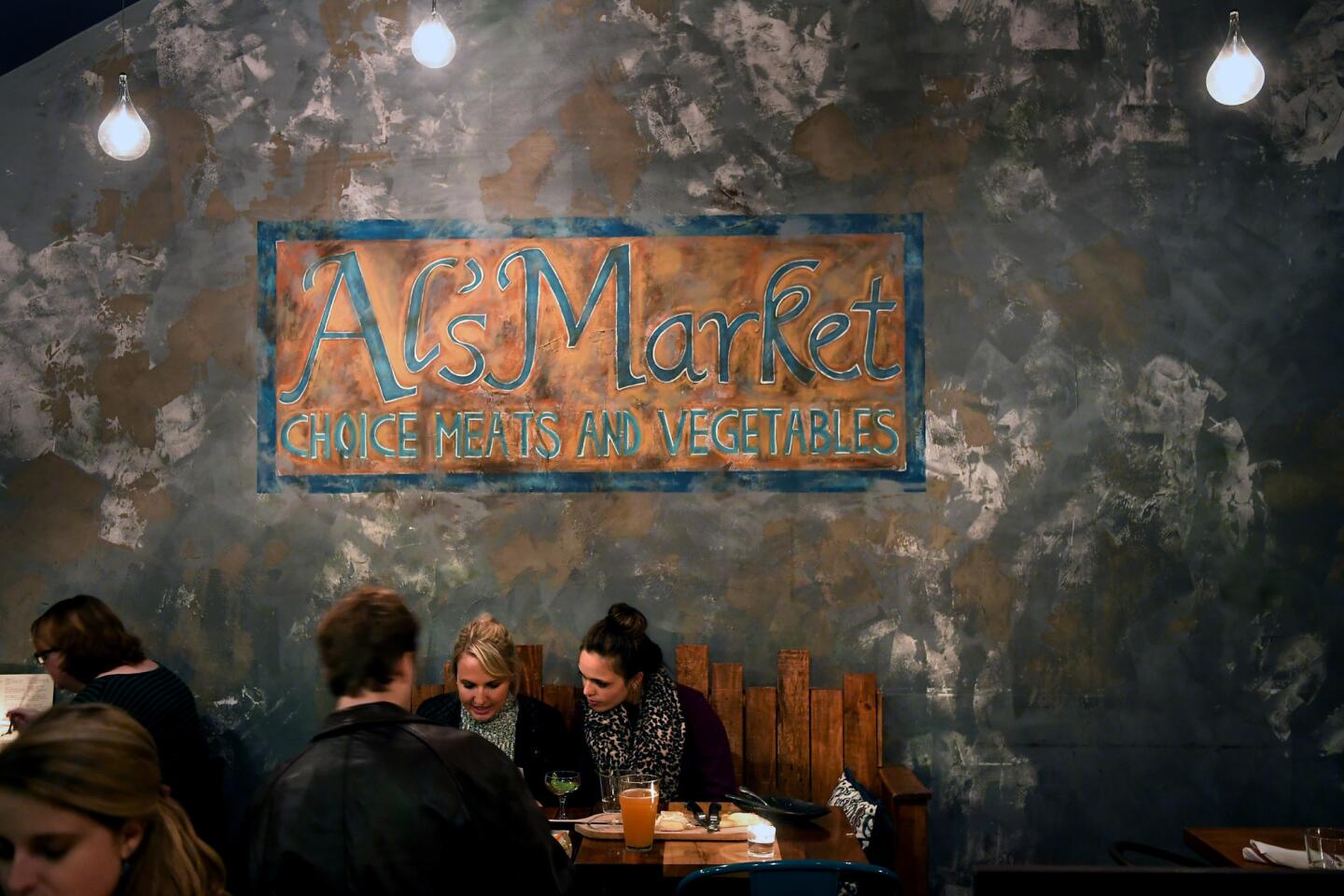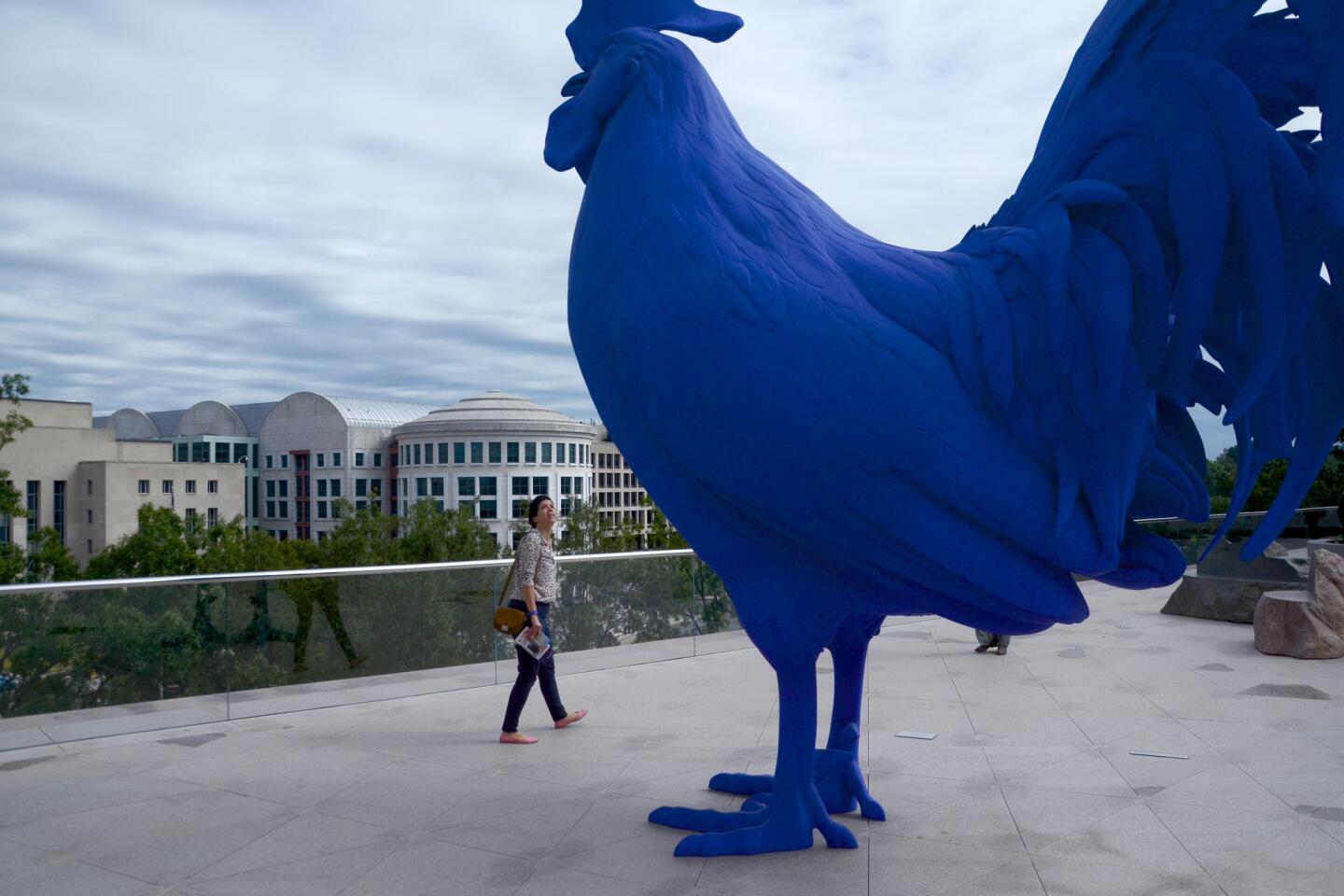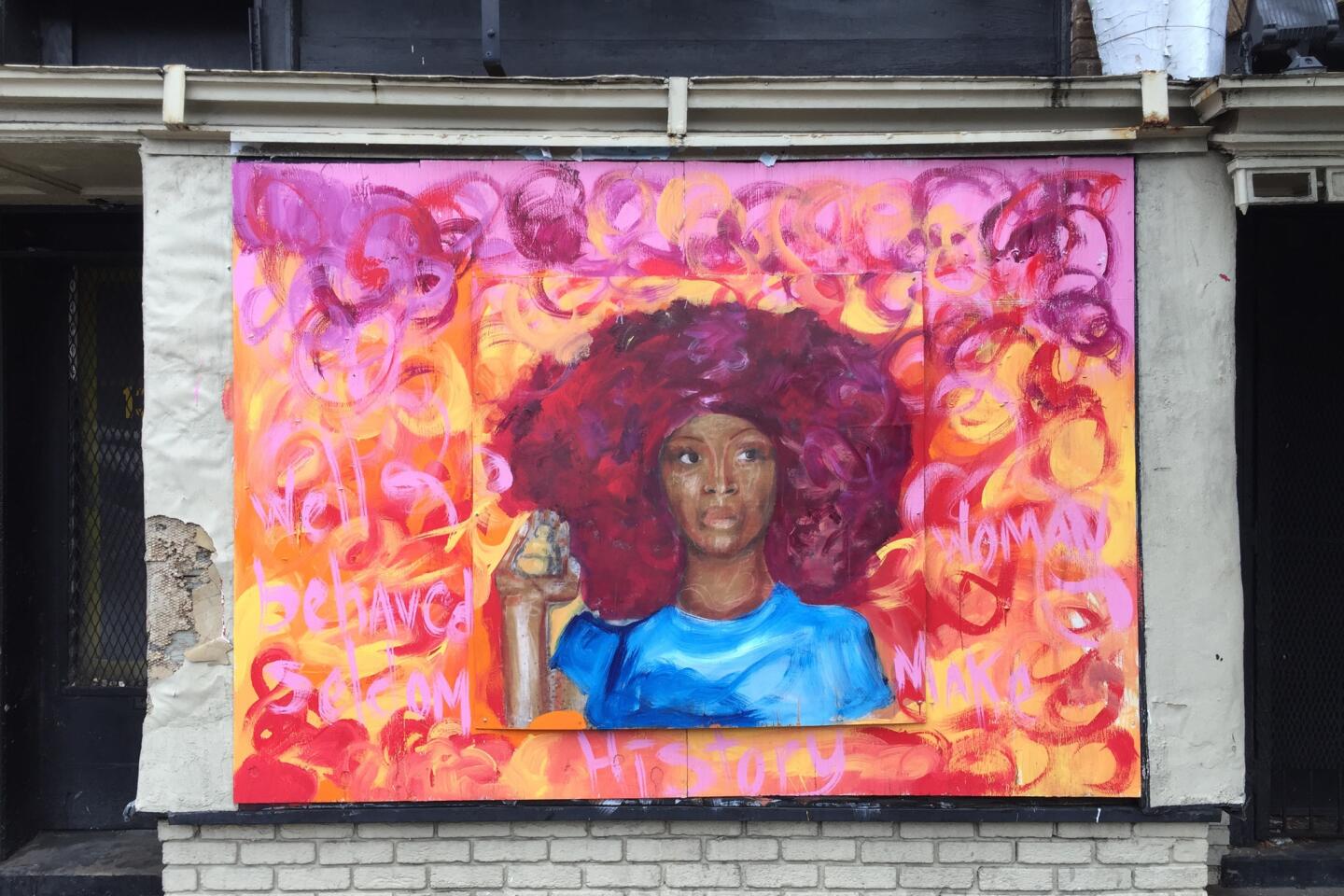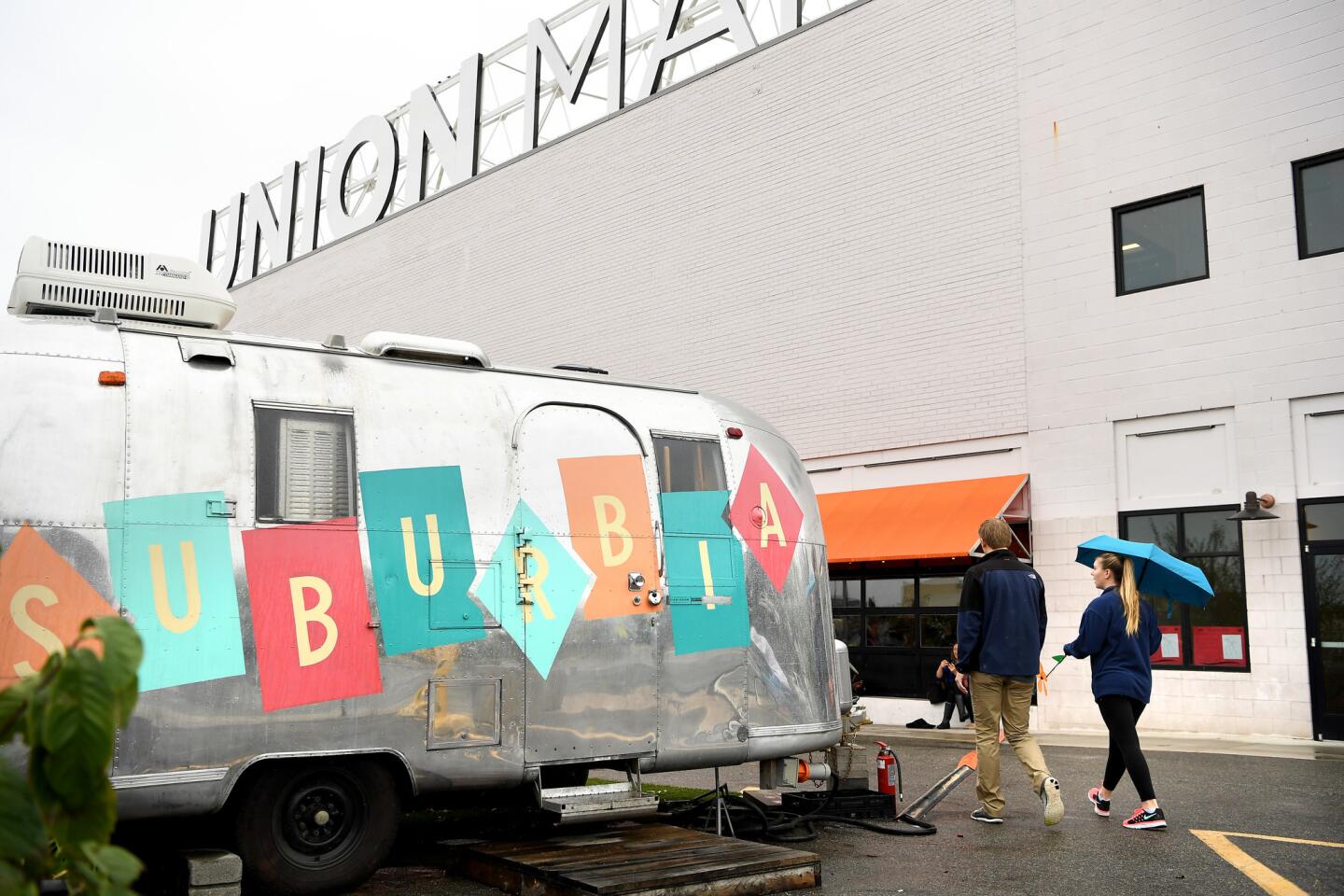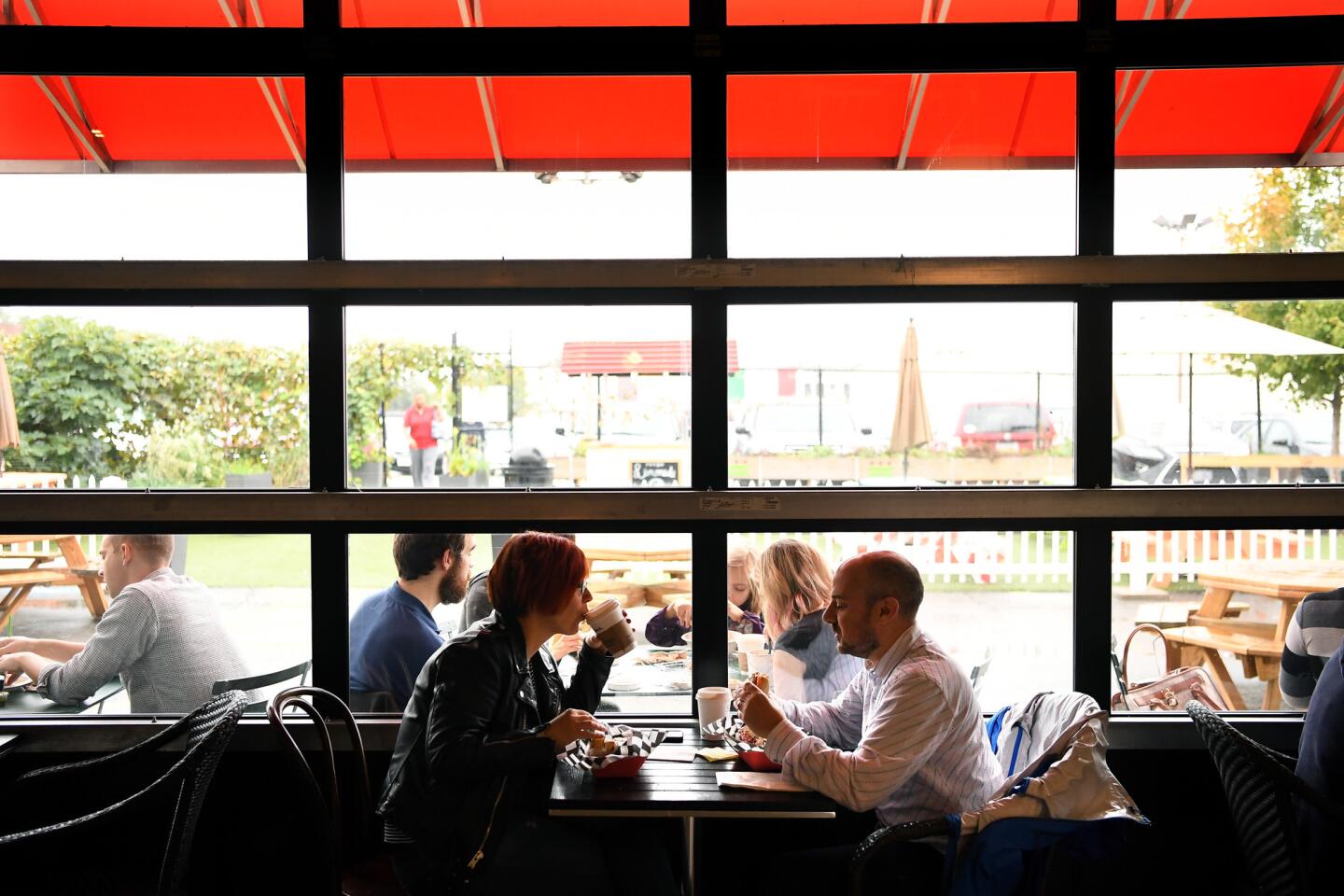Forget the elections: 7 reasons to visit Washington D.C. right now
WASHINGTON, D.C. — You’re worried about the next president. I’m here to change the subject. But only a little.
That next U.S. president, looking out at Washington, D.C., on Inauguration Day Jan. 20, will see a different city from the one that President Obama saw in January 2009. The nation’s capital is wealthier, safer, livelier, tastier, more populous and more ready for tourists than it has been in decades.
What’s that, you say? The Metro still stinks. Well, yes, but Metro officials did install a new top executive late last year.
It’s a remarkable cityscape, thanks to a diversifying local economy, redevelopment and an influx of millennials who like living downtown without cars. In September I set out to explore seven new or changed places.
National Museum of African American History & Culture
On Sept. 24, after decades of talk about a Washington museum focusing on black Americans, the Smithsonian Institution at last cut the ribbon on one.
The Smithsonian National Museum of African American History & Culture, designed by David Adjaye, now stands on the National Mall, a bronze beauty on a greensward long dominated by gray stone.
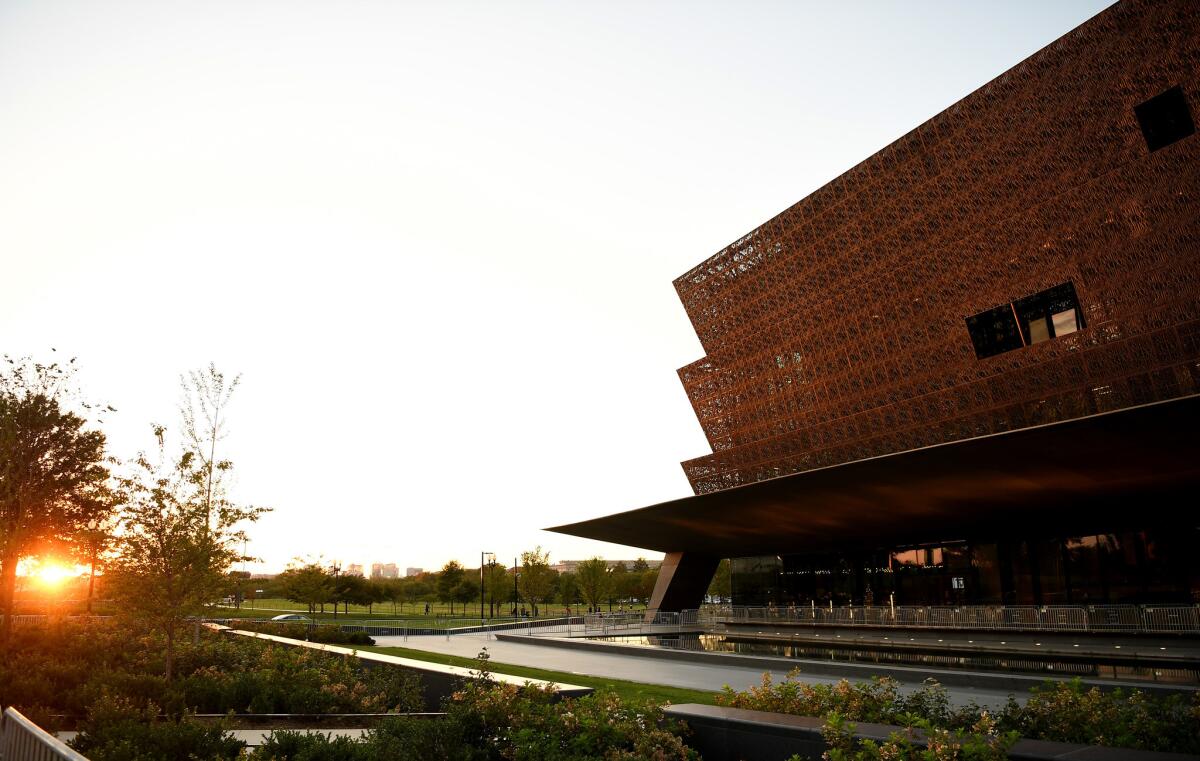
Its jagged walls are inspired by three-tiered Yoruban crowns. The coated aluminum latticework echoes the 19th century ironwork of black artisans in the American South. And I’m betting that the problems I saw in the museum’s first week — long lines, balky escalators, missing maps — will be rapidly solved.
What matters most is the journey inside, starting on the bottom floors with slavery’s beginnings. It’s haunting to stand in a darkened gallery, looking at shackles and slave-ship hardware, hearing ocean waves. It was doubly powerful during the museum’s first days, when visitors, mostly African Americans, crowded into every gallery determined to see everything.
Advancing through history, you pass a slave cabin from South Carolina, a Klansman’s hood, civil rights-era artifacts. You see and hear black performers and read of struggle, strength and genius in politics, business, science and the arts.
You can see Harriet Tubman’s silk shawl (a gift from Queen Victoria), Muhammad Ali’s boxing gloves, James Baldwin’s passport, Michael Jackson’s fedora, a statue of 1968 Olympian medalists Tommie Smith and John Carlos, their fists raised in a Black Power salute; and a Barack Obama 2008 campaign button. I was startled to learn that only about 3,500 artifacts are on display. It seems like more — in a good way.
Info: 1400 Constitution Ave. N.W.; (844) 750-3012, nmaahc.si.edu. Free admission; reservations accepted for timed entrance tickets. Limited number of same-day tickets.
National Gallery of Art

A blue rooster looms over Pennsylvania Avenue, and that’s good news. It means the National Gallery of Art has completed the expansion of its East Building, where curators hang contemporary works.
The renewed building opened Sept. 30 after a three-year closure. The 15-foot-tall rooster on the new roof terrace is a 2013 work by Katharina Fritsch. A few steps away, the sculptures of Alexander Calder and canvases of Mark Rothko dominate the building’s tower galleries.
The expansion gives the East Building space for about 500 pieces from the museum’s permanent collection (up from about 350) and three temporary exhibitions. Through Jan. 29, one is “Los Angeles to New York: Dwan Gallery, 1959-1971,” which travels to the Los Angeles County Museum of Art March 19-Sept. 10.
Info: 4th Street at Constitution Avenue. N.W.; (202) 737-4215, www.nga.gov. Free.
Capitol Riverfront
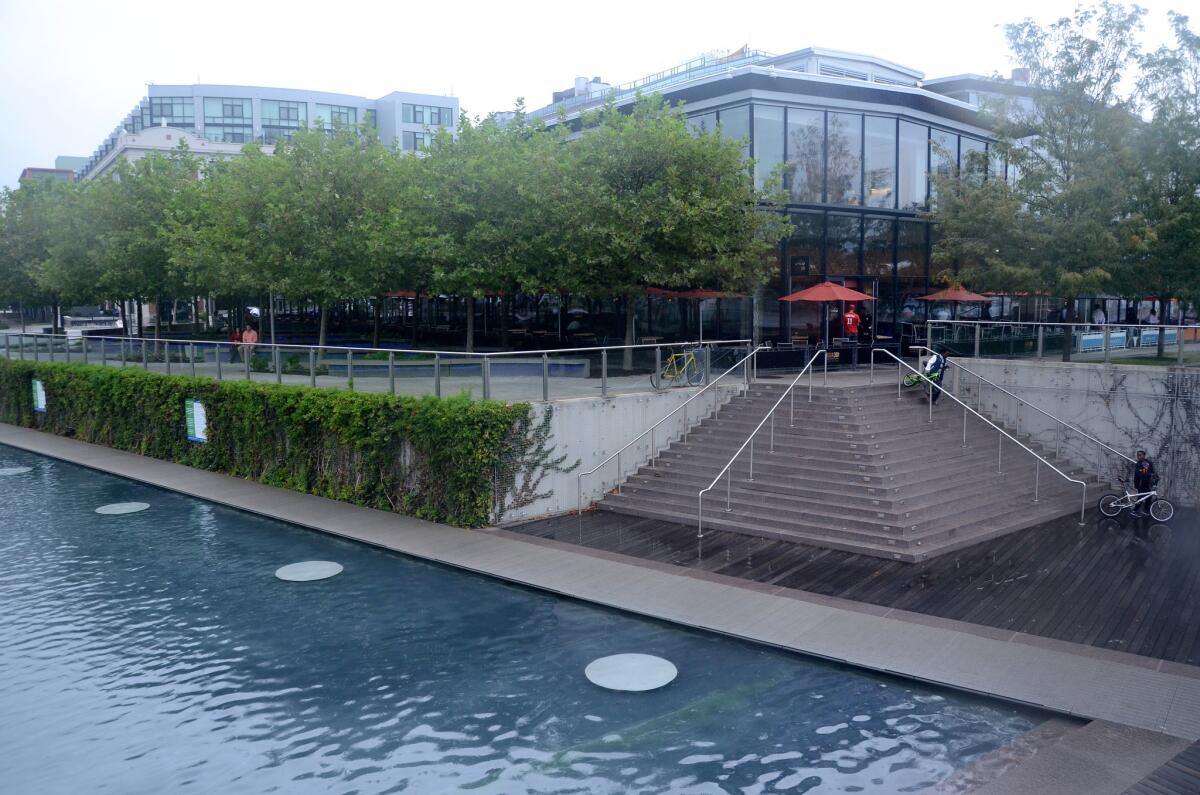
The ragged, industrial Navy Yard neighborhood along the Anacostia River was trouble for decades. Then the city chose to build a new Washington Nationals baseball stadium here in 2008. Since then, successes have snowballed in the surrounding Capitol Riverfront area.
Nowadays, fans drink beer at the Bullpen and play cornhole in a courtyard surrounded by shipping containers. A few blocks away, the mile-long Anacostia Riverwalk begins, passing stacked kayaks at the Ballpark Boathouse; a new marina; and a reclaimed lumber shed that now houses five restaurants.
For dinner and local beer, I headed to Bluejacket Brewery’s Arsenal restaurant, opened in 2014, where every table was full on a rainy night.
“Two, three years ago, you could not walk around here after dark,” D.C. resident Genny Mayhew said. Now she roams freely.
There are still dead blocks, but hotels and residential towers keep coming. And now the Trapeze School New York is opening a few blocks from the ballpark. Let’s face it: When the trapeze school shows up, you know the ’hood has flipped.
Info: Capitol Riverfront and Arsenal restaurant at Bluejacket Brewery, 300 Tingey St. S.E..; (202) 524-4862. Most dinners $13-$26.
Compass Rose and 14th Street Corridor
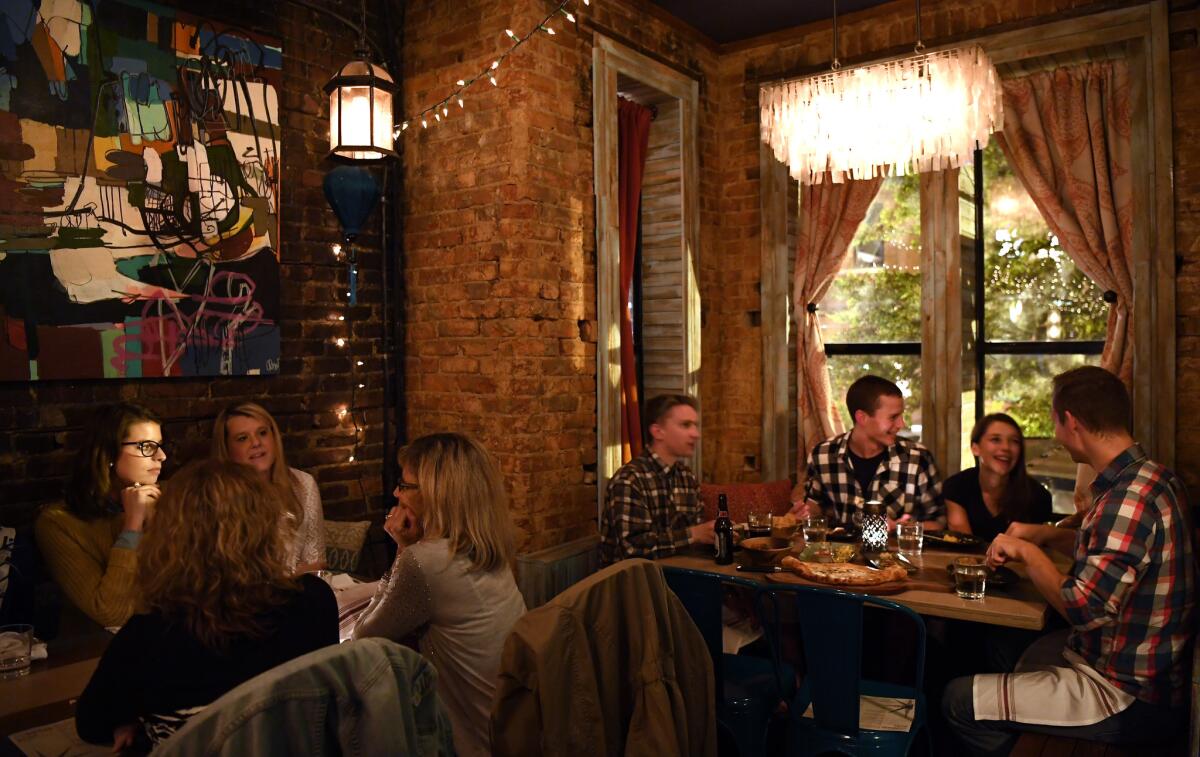
Compass Rose, a restaurant in a converted row house, has a dining room abuzz with millennial patter and a menu inspired by the world travels of owner Rose Previte. It’s also part of the great nightlife boom of the 14th Street Corridor.
In 2013 the Washington Post declared the area in “gentrification overdrive.” Compass Rose opened in 2014. This year Previte added a Bedouin tent in back for private parties.
I recruited a party of seven, and soon we were installed in a snug private patio bedecked with Moroccan textiles and lamps, getting briefed by a waiter named Franz.
For three hours, Franz delivered an onslaught of small dishes — more than a dozen, including but not limited to khachapuri (cheese-filled bread from Georgia, as in Russia’s neighbor); Tunisian chicken skewers; Greek calamari; Portuguese shrimp; Hawaiian tuna poke; Spanish marinated anchovies; Lebanese lamb; and a digestif involving absinthe and matches. At one point, we had to ask:
“Duck hearts? Or duck parts?”
The answer was duck hearts, grilled. Peruvian style. Of course.
Info: Compass Rose,1346 T St. N.W.; (202) 506-4765. Dinner small plates: $8-$20 each. Bedouin tent: $70 per person, plus tax, drinks and tip.
Union Market

Northeast D.C.’s Union Market , once a wholesale zone, was reborn in 2012 as a food hall. Since then, its 40 or so local artisan vendors have won a big reputation, and it’s rubbing off on the surrounding area, which includes Gallaudet University.
“Even the name of this neighborhood has changed,” said local resident Maria Monroe. “It used to be New York Avenue. Now it’s NoMa.”
At the market’s Bidwell restaurant, opened in 2014, I tried sautéed mushrooms, Hawaiian tuna nachos and onion soup: win, win, win.
Info: Union Market, 1309 5th St. N.E.; (301) 347-3998. Open 8 a.m. to 8 p.m. on weekends, 11 a.m. to 8 p.m. on weekdays.
Trump International Hotel
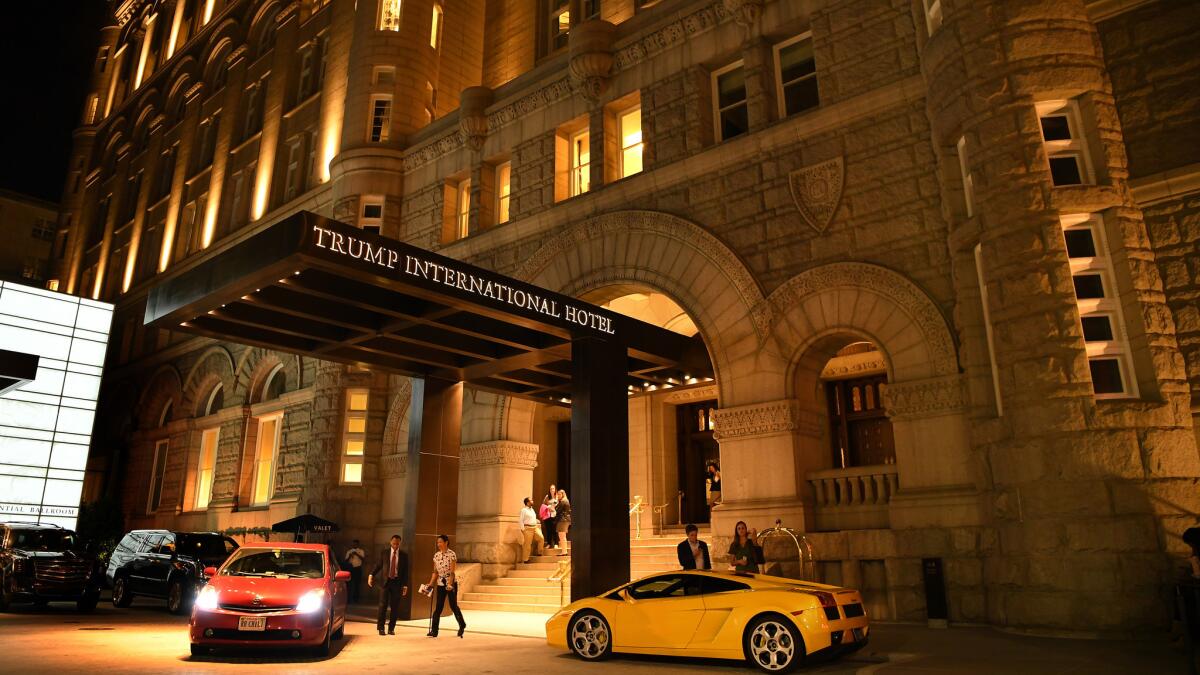
The Trump International Hotel, which opened Sept. 12 in downtown Washington, baffled me, and not because of its presidential campaign connection.
It’s a historic government building — built in 1899 and known as the Old Post Office Pavilion — leased by the Trump organization and repurposed as a 263-room luxury lodging and spa with a nine-story atrium, all in sober Romanesque Revival style.
But as you wander the atrium floor, you see a low canopy of steel frames, as if somebody had grabbed the base of the Eiffel Tower and dragged it indoors. Why?
Long ago, Trump sales and marketing director Patricia Tang told me, the frames held catwalks so supervisors could look down on mail sorters. Now the frames hold four crystal chandeliers.
The guest rooms are classically elegant or stodgy, depending on your tastes. The location puts guests a block north of the National Mall and five blocks south of the ritzy CityCenterDC, a recently opened project that includes Gucci and Louis Vuitton.
The building’s 315-foot clock tower, still under renovation, is run by the National Park Service, which plans to open it to the public by year-end.
Info: Trump International Hotel, 1100 Pennsylvania Ave. N.W.; (202) 695-1100. Doubles $425 and up a night. For the Inauguration, rates will start at $1,250 with a five-night minimum — no matter who is being sworn in.
Watergate Hotel

Until 1972 the Watergate Hotel was just one part of an office-and-apartments complex on the Potomac River.
Then came the bungled burglary of the Democratic National Committee’s Watergate offices, which eventually brought down President Nixon and made Watergate a household word. But things didn’t go so well for the hotel. Owners changed. In 2007 the hotel fell idle.
But in June it rose again, redone to make the most of its 1967 opening and notorious history. Groovy new furnishings in its 336 rooms echo the complex’s curvilinear exterior. The complex also has a spa, the upscale Kingbird restaurant and a rooftop bar with $16 cocktails. The Watergate is a half-mile hike to the nearest Metro station, Foggy Bottom, but it has style and wit. The key cards say “No need to break in.”
Info: 2650 Virginia Ave. N.W.; (202) 827-1600 or (844) 617-1972, www.thewatergatehotel.com. Doubles $425 and up.
::
If you go
THE BEST WAY TO WASHINGTON D.C.
From LAX, American, Delta, Jet Blue, United and Virgin America offer nonstop service to Washington Dulles, and United, Virgin America, Southwest, Delta and American offer connecting service (change of planes). Restricted round-trip fares from $434, including taxes and fees.
To learn more: Destination D.C., washington.org.
How to tour the White House: There’s red tape. You start at least 21 days in advance by requesting a tour through the office of your local congressional representative. Info: www.lat.ms/whitehousetours
Follow Reynolds on Twitter: @MrCSReynolds
See travel videos by Reynolds from around the world.
Sign up for The Wild
We’ll help you find the best places to hike, bike and run, as well as the perfect silent spots for meditation and yoga.
You may occasionally receive promotional content from the Los Angeles Times.

